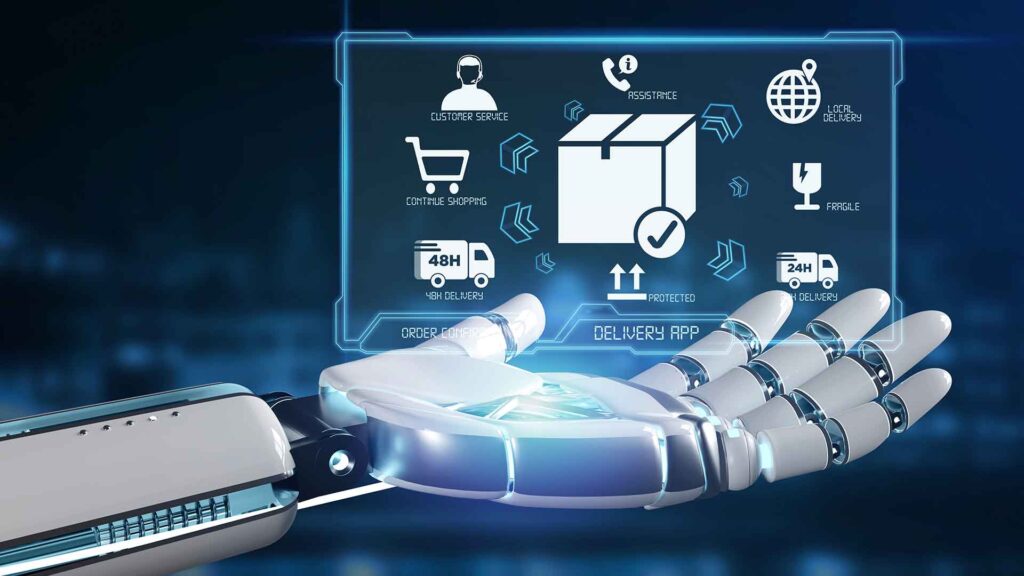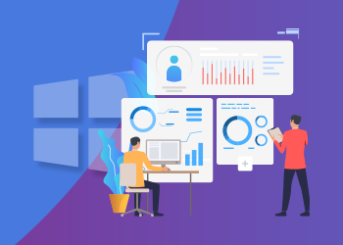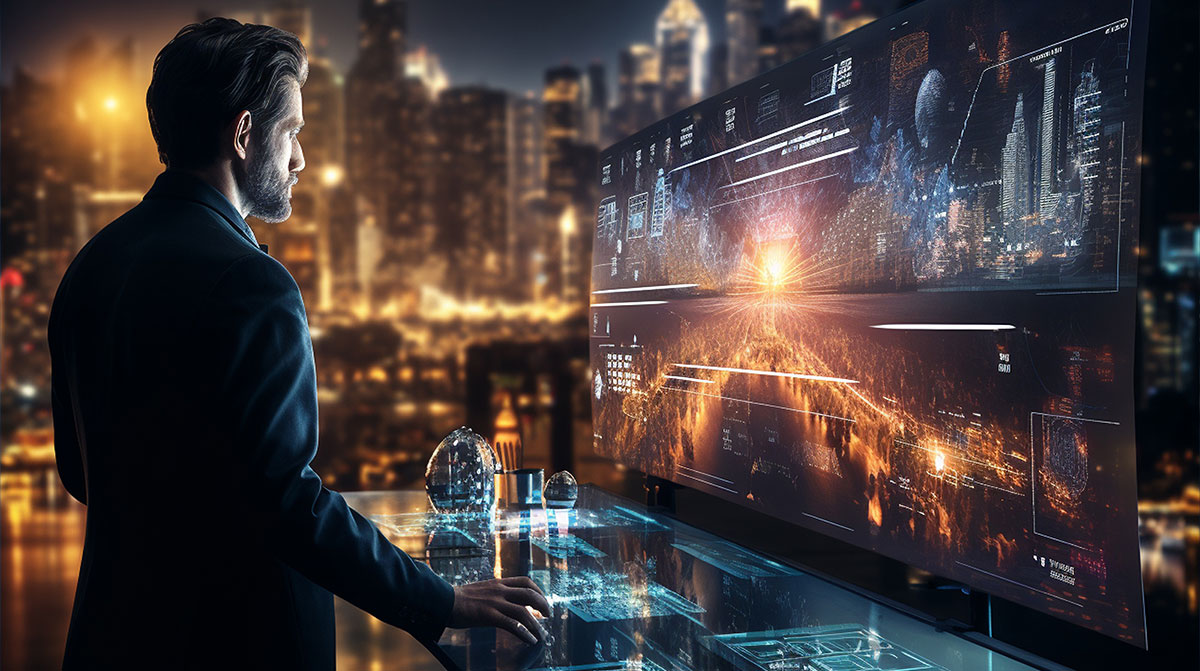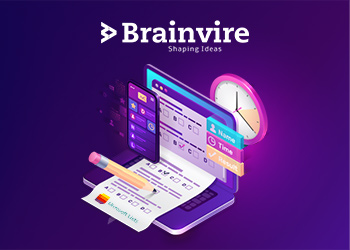The retail industry is undergoing a significant transformation with the advent of artificial intelligence (AI) and its related technologies. From personalization and automation to predictive analytics, AI is revolutionizing the way retailers interact with customers, manage inventory, and optimize operations.
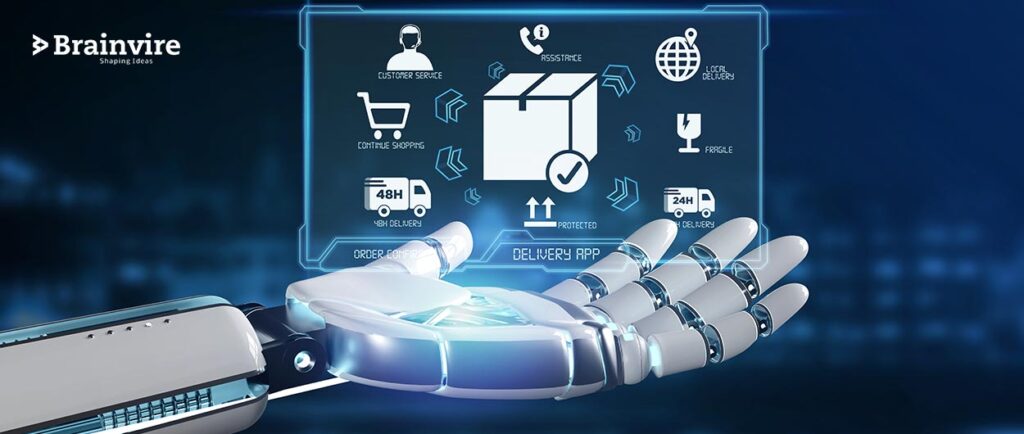
Personalization:
One of the most significant benefits of AI in retail is personalization. By analyzing customer data, retailers can tailor their products, services, and marketing efforts to the specific needs and preferences of individual customers. This can include personalized product recommendations, targeted advertising, and customized loyalty programs.
The personalization process starts with data collection, where the retailers collect data about customer behavior, preferences, and purchase history. This data is then pre-processed and cleaned to remove any irrelevant or missing information. After that, the data is passed through algorithms such as Collaborative Filtering, Content-Based Filtering, and Hybrid Recommendation Systems. Collaborative filtering uses historical data of what users bought or rated, content-based filtering uses the item’s attributes and Hybrid methods combines both collaborative and content-based filtering.
Automation:
Automation is another key area where AI is making a big impact in retail and serval industry. By using AI-powered systems, retailers can automate repetitive tasks such as inventory management, pricing optimization, and customer service.
Inventory management systems use techniques such as stock forecasting and demand prediction to optimize inventory levels and reduce waste. These predictions are made by using time series forecasting, regression analysis, and machine learning algorithms such as Random Forest, Gradient Boosting, and Neural Networks.
AI-powered chatbots and virtual assistants can be used to automate customer service tasks, such as answering common questions and resolving customer complaints. These chatbots use natural language processing (NLP) techniques to understand the customer’s question and provide an appropriate answer.
Predictive Analytics:
Predictive analytics is another important area where AI is being used in retail. By analyzing past sales data, retailers can use predictive algorithms to forecast future demand for products, helping them make more informed decisions about inventory management and purchasing. Additionally, retailers can use predictive analytics to anticipate customer behavior and optimize pricing, promotions, and marketing campaigns.
Predictive models can be based on time series forecasting, regression analysis, and machine learning algorithms such as Random Forest, Gradient Boosting, and Neural Networks. These models are trained on historical data, and after training, they can be used to predict future demand and customer behavior.
Computer Vision:
Computer Vision is another area of interest in retail. It can be used for in-store navigation, product search, and even for tracking the movement of customers to understand the in-store experience and optimize it. Computer Vision uses techniques such as object detection, image recognition, and facial recognition to understand the images and videos.
AI-based image processing techniques, such as image classification, object detection, optical character recognition, human pose estimation and activity recognition, are currently having a significant impact on enhancing both customer and employee experiences in the retail industry.
Here are some of the most innovative and exciting applications of AI in the retail industry
What is Cashierless checkouts?
Cashierless checkouts are a new innovation in retail that eliminates the need for human cashiers. Instead, customers can enter the store, select items, and make payments without interacting with a cashier. This is made possible by the use of advanced technologies such as computer vision, IoT sensors, and big data analytics. These technologies enable retailers to detect and understand customer interactions, monitor the movement of products, and automatically detect prices through the use of object detection algorithms. This technology transforms traditional shopping into a smart and seamless experience.
A cashierless retail store combines the use of thousands of cameras, loT sensors and computer vision-based systems to:
- Detect and understand customers’ interactions
- Monitor the movement of products (thanks to object detection algorithms)
- Automatically detect prices
A cashier-less checkout may work like this:
To use a cashier-less checkout, customers first need to download a smartphone app. Once they enter the store, they can use the app to scan a QR code for authentication. Some stores also use smart shopping carts that are equipped with AI technology. For example, carts produced by Caper can identify items placed in the cart by weight and scan barcodes automatically. This allows customers to simply log into the cart and start shopping without interacting with a cashier.
Once customers have finished shopping, they proceed to a sensor-enabled lane where the app automatically charges their card. However, the process doesn’t end there. The app uses big data analytics to record, store, and analyze data about each shopper’s behavior. This enables the app to personalize recommendations and improve the customer’s shopping experience. Amazon has already introduced this technology in its Amazon Go stores and other retailers such as Walmart, Kroger and Sam’s Club have announced they will follow suit.
There are two major benefits to cashierless checkouts:
- Reduced waiting time for the customers
- Less money spent on hiring shopping assistants for the retailer
The technology behind the cashierless store, meanwhile, looks like this:
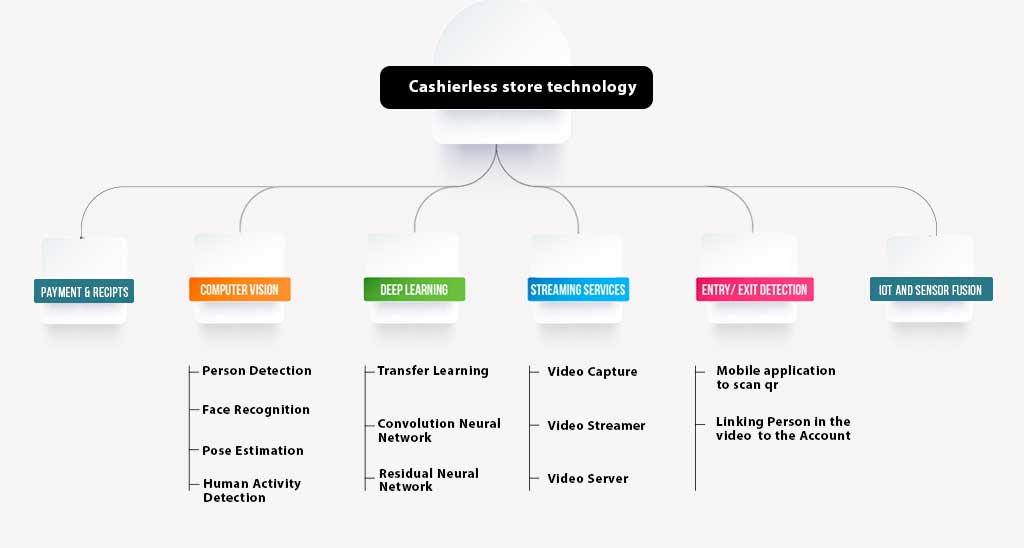
How quickly can a cashierless checkout expand?
The expansion of cashierless checkout technology is currently being limited by the need for large amounts of labeled data to train computer vision algorithms, particularly for object detection and activity recognition. Additionally, there are ethical considerations surrounding the use of facial recognition technology and the potential for data security issues.
Inventory management
Inventory management is critical in retail as it allows retailers to determine the necessary quantity, timing and pricing of products. In recent years, the inventory management process has undergone a digital transformation, and now with the integration of AI, retailers can optimize:
- Supply chain
- Pricing
- Promotional planning
Computer vision systems are used to capture images, before employing image segmentation and object detection algorithms to track items on shelves and carry out an entire inventory scan.
Computer vision systems also:
- Provide instant notifications whenever there’s a sale or a stock-out
- Boost the layout of a store
- Speed-up A/B testing
- Produce heat maps
- Forecast how much time a product will remain on the shelf
AI can assist human workers in retail by quickly getting products on the shelves. Retailers can use computer vision to develop autonomous robots for stock replenishment. However, there are still limitations to this technology and it is not yet a guarantee for success. For robots to accurately cover the entire store, they require a large amount of accurate visual data. As an example, in 2017, Walmart entered a contract with Bossa Nova Robotics to develop robots using machine learning to identify products that are running out of stock, but Walmart later discontinued the contract for undisclosed reasons.
Suspicious Activity
AI-powered systems can analyze CCTV camera footage to detect suspicious activity and alert staff for further review. Computer vision-based systems, using techniques such as activity recognition, object tracking, and pose estimation, have been developed for theft detection. They allow staff to analyze movements and behaviors in real-time, providing an efficient way to catch thieves.
Additionally, AI-powered cameras can be used to detect other types of unacceptable in-store behavior, such as physical assaults, which helps to safeguard the reputation of the retailer and enhance customer safety.
Dwell time and gaze time
O2, a high-street store, has begun using AI technology and video analytics to measure dwell times to gain a better understanding of the in-store customer experience, with the goal of increasing conversion rates on specific products.
By analyzing data on dwell and gaze times, retailers can make more informed decisions on product placement and personalization, such as cross-selling and upselling, to enhance the in-store experience.
Additionally, AI technology can be utilized to evaluate the marketing value of different retail shelves and optimize product placement, packaging design, and eye-level placement, resulting in a better customer experience and increased profitability.
Computer vision is being utilized to analyze the consumption and sales rate of goods in a store, which allows the management to make more informed decisions on when to restock and which items to prioritize and which ones to de-emphasize.
Essentially, AI software will be able to offer two key KPI’s to retailers:
- Planogram compliance (how well individual size distribution/quantity of products is implemented in-store)
- On-floor availability (how many available products are currently on the shop floor, and not in the backroom)
Retailers can use computer vision and object detection algorithms to track inventory and alert staff when stock is low or shelves are empty.
Startups such as Fellow AI, BossaNova, and Trax are using robots and cameras to audit planograms for retailers to be more accurate with specific size distribution and quantities for their in-store products. This will save time and the technology adapts to in-store dynamics, allowing instant changes to the original plan. Additionally, bots can ensure fair distribution of premium shelf space for consumer goods companies.
Crowd analysis
Object detection is now being used to detect customers entering and exiting stores, allowing retailers to analyze footfall data to understand customer behavior, purchase decisions, and preferences through metrics such as sentiment analysis.
Crowd counting also has other benefits, such as improved queue management and staffing changes, as well as providing analytical data to improve store management.
For instance, it can provide demographic analysis to show store managers which products are popular among different groups, allowing them to make decisions on product listings that increase conversion rates. Additionally, retailers can use computer vision to ensure compliance with health and safety protocols, such as maximum occupancy, and detect face masks and social distancing compliance during the COVID-19 pandemic.
During the COVID-19 pandemic, demand for assisted shopping increased and object detection capabilities of CCTV cameras allowed gig economy workers to locate products quickly, saving time and building customer trust. These technologies include manual tracking, pressure mats, thermal counters, and video counters.
Object detection is a key component in video counters, it detects objects in each frame, and object tracking assigns unique IDs to each shopper and tracks their movement in the store. However, retailers still need to overcome challenges such as correct camera angles and proper lighting for accurate object detection, and the technology needs to be fast to capture accurate traffic data in busy stores.
Retailers have long faced challenges in collecting and organizing large amounts of pricing and product data. Optical Character Recognition (OCR) is a computer vision technology that allows retailers to digitize written text, receipts, and other documents, enabling machines
to scan, read, and process the data using Natural Language Processing algorithms quickly. This facilitates easier editing and searching, and streamlines processes such as invoicing and returns.
Retailers can use OCR to search large repositories for specific documents, extract data from bills of lading, purchase orders, and packing lists, and create templates for thousands of invoices without manual input. This technology ultimately saves time, increases accuracy, and improves customer satisfaction. Additionally, OCR can also be used to replace barcodes, speed up the inventory scanning process, automate it and centralize it.
OCR is utilized in various industries, but its application in supermarket receipt scanning is particularly beneficial in retail as it automates cash-back processing and loyalty point systems.
Supermarket receipt scanning involves using OCR to read receipts and extract essential data fields, converting the text into a usable and meaningful data format.
This automation saves retailers time and provides them with a vast amount of data for better product research, improved understanding of consumer behavior, and the ability to adjust inventory and pricing strategies.
Additionally, OCR can enhance services such as “click & collect” by accelerating the collection process and eliminating the need for customers to wait for paperwork to be organized.
Conclusion
AI is proving to be a powerful tool for retailers, helping them stay competitive and meet the evolving needs of customers. As the technology continues to advance, we can expect to see even more innovative applications of AI in the retail industry in the years to come.
AI Development is shaping the future of retail. From product research, pricing, and inventory management to the way consumers shop, AI is becoming increasingly important in the retail industry. Retailers have already begun to implement AI to enhance the customer experience, such as using cameras to analyze dwell and gaze time, detecting thieves, and implementing no checkout systems as seen with Amazon.
Related Articles
-
What role does Data Analytics play in HR Portals in Employee Performance?
Industries like Healthcare, Media & Entertainment, Logistics, Real estate, Finance, Education, Automobile, Mobile & Wireless, Cloud Services, Retail, Advertising, and so on; needs HR staff to handle the company culture,
-
Microsoft SharePoint- Why It Is Important for The Growth of Your Business
Talking About Microsoft SharePoint- Why It Is Important for The Growth of Your Business, Did you know about the web-based collaborative platform that integrates well with Microsoft Office? Yes, we
-
Microsoft Lists-The Brand New Key to Streamline Work
A skilled SharePoint development organization has the caliber to share innovative features of the latest technology and use it for your enterprise. Technologies are getting smarter than humans and hence

